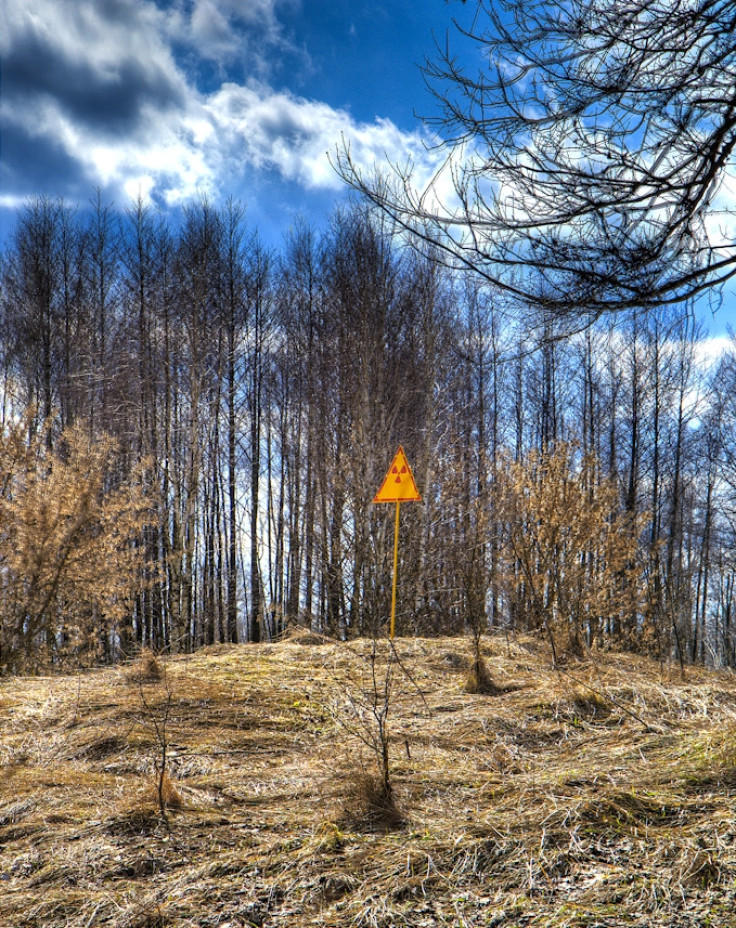Chernobyl scientists warn radiation can be unleashed by climate change-induced wildfires

Radiation from the Chernobyl disaster locked away in the upper layers of soil are at risk of being released by wildfires caused by climate change, scientists have warned.
An international team of researchers have said radioactive clouds released from Chernobyl could spread as far as Turkey, Italy and Scandinavia, New Scientist reports.
The Chernobyl disaster in 1986 was the worst nuclear disaster in history. There has been a 30km exclusion zone in place ever since, with scientists continually monitoring radiation levels.
In a study released last year, scientists from the Chernobyl and Fukushima Research Initiatives at the University of South Carolina found that radiation still poses a threat by being spread through "catastrophic wildfires".
The team found that radiological damage to microbes near the site resulted in a slowing of the decomposition of plant matter, resulting in a build-up of dry, loose foliage that could cause wildfires.
Speaking at the time, researcher Tim Mosseau said: "There's been growing concern by many different groups of the potential for catastrophic forest fires to sweep through this part of the world and redistribute the radioactive contamination that is in the trees and the plant biomass. That would end up moving radio-cesium and other contaminants via smoke into populated areas.
"This litter accumulation that we measured, which is likely a direct consequence of reduced microbial decomposing activity, is like kindling. It's dry, light and burns quite readily. It adds to the fuel, as well as makes it more likely that catastrophically sized forest fires might start."
Now, the team of scientists have assessed the impact of forest fires, as well as their future frequency and intensity.

Published in the journal Ecological Monographs, the team looked at wildfire activity from 2002, 2008 and 2010 along with measurements of radioactive caesium-137 deposited in the area and air movement models.
Ian Fairlie, former head of the UK government's radiation risk committee, told the magazine: "The simulation probably underestimates the potential risks."
In terms of health risk, small fires are not too much of a problem, but larger fires could lead to radioactive material entering the food chain, which can lead to cancer.
And the scientists warn that increased fires are likely, if the Intergovernmental Panel on Climate Change predictions are correct – they are expecting worsening droughts and forest fires over the coming decades.
Models suggest peaks in forest fires between 2023 and 2036. Although fires will continue beyond 2060, the radioactive fallout likely would have decayed away by then.
Keith Baverstock of the University of Eastern Finland in Kuopio, said: "This is clearly an important problem and one that applies also to Fukushima, where a significant amount of forest land has been contaminated. They have a very valid point. The lack of management of forests, the apparently slower decay of vegetation exposed to radiation, climate change leading to drought and the expansion of forested areas all contribute to increasing the risk of forest fire and therefore further dispersal of long-lived radioactive nuclides."
Speaking to Vice News, Mousseau added: "In places like Chernobyl and now in Fukushima, we need to prepare for the possibility of these catastrophic fires. And we need to invest in proper management of these areas so they don't go up in smoke."
© Copyright IBTimes 2024. All rights reserved.






